Design Sprint is an agile methodology created by Google Ventures, Google’s startup division, in 2012. It is a process of up to 5 days, applied to answer critical business questions through design, prototyping, and testing ideas with customers.
The Design Sprint is a hands-on, collaborative methodology that offers the advantage of moving quickly to see your product clearly and also customer reactions before the full project is developed.
The Design Sprint is divided into 5 days, with one stage being applied per day:
It is important that the team has up to 7 members and must be multidisciplinary, with enough knowledge of the business: Marketing, Customer, Technology, and UX/Design.
Two important roles are the Decision Maker, who has the power of decision for the project, and the Facilitator, who will conduct the entire Design Sprint application.
Get to know other services we offer